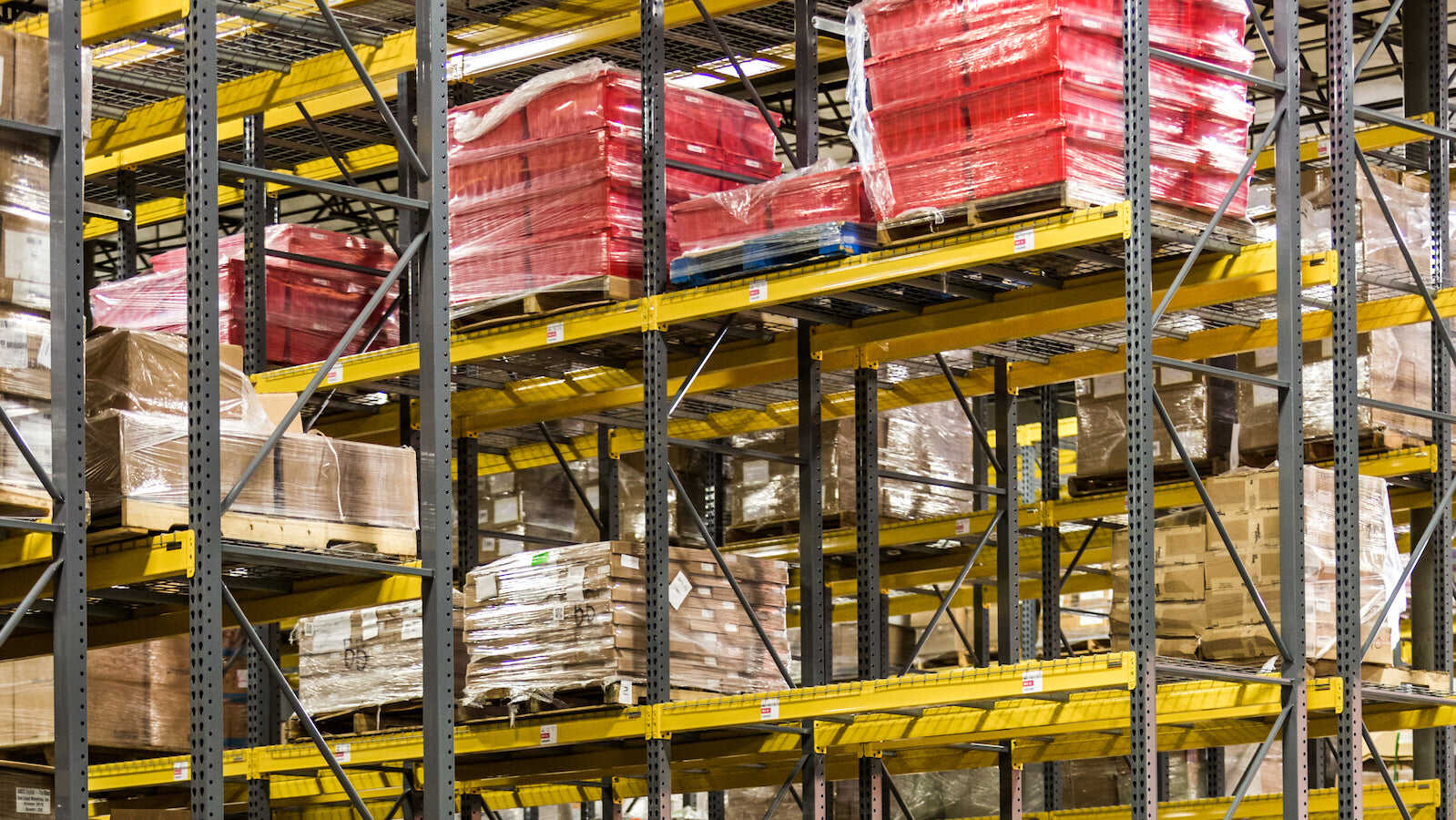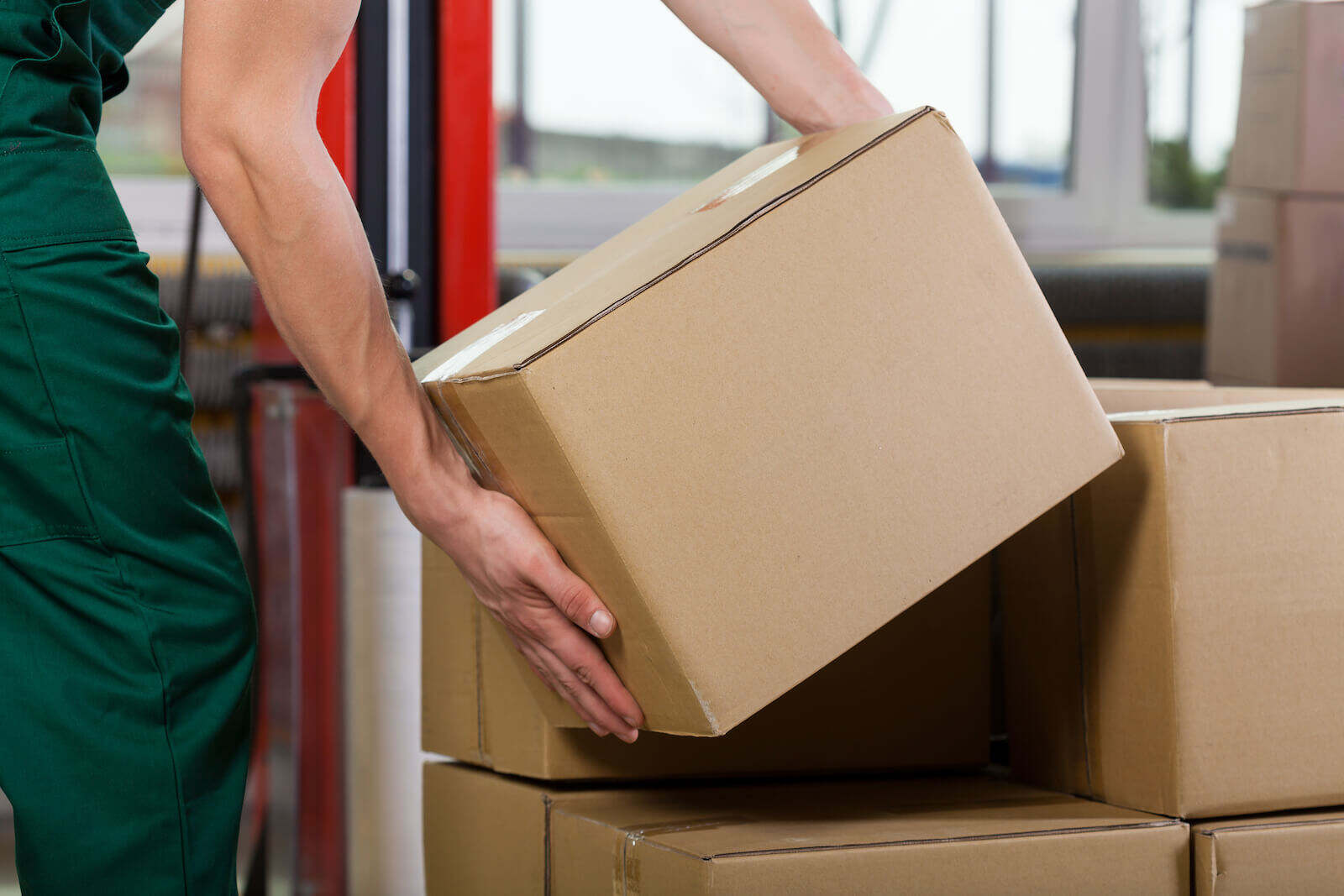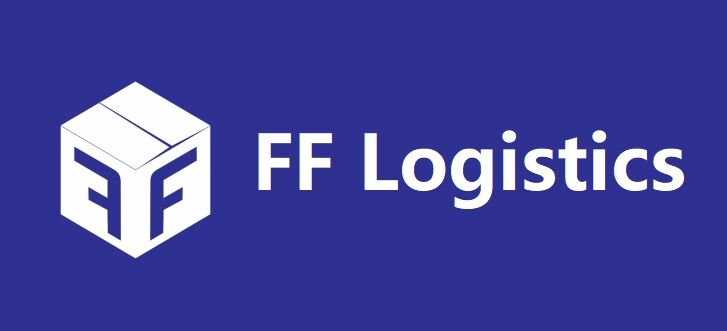3 buntáistí a bhaineann le lóistíocht an bhallaí ar líne a fhoirneáil amach le 3pl
cur isteach
Tá an domhan ar an ríomhthráchtáil ag athrú go tapa, agus ní féidir a lóistíocht a bhainistiú ach blianta forbartha agus acmhainní a ghlacadh - ní simplí é. de réir mar a leathnaíonn siopaí ar líne i scála, tá comhlíonadh ordú stórála éifeachtúil agus loingseoireacht ag éirí níos ríthábhachtacha. seo
buntáiste 1: coigiltí costais
Tá an fhéidearthacht ar chostas a laghdú ar cheann de na príomhchúiseanna a bhfuil siopaí ar líne ag smaoineamh ar a lóistíocht a fhoirneáil amach. Is féidir le soláthraithe 3pl buntáistí suntasacha a thairiscint sa mhéid seo:
- costais riaracháin íosta: trí an obair seo a fhoirneáil amach, is féidir le miondíoltóirí ar líne na costais ard a bhaineann le stóranna agus flóthaí iompair féin a chothabháil a sheachaint. I go leor cásanna is féidir le 3pl soláthraí den scála sin é sin a dhéanamh ar chostas níos ís
- Tá an díriú ar an ngnó lárnach: nuair a láimhseálann 3pl a lóistíocht, déantar siopaí ar líne a dhíghlasú ó na tascanna agus a n-fuinneamh chruthaitheach a dhíriú ar a gcuid príomhghnóthaí a láimhseáil - mar shampla táirgí a tháirgeadh, custaiméirí a fhógraíocht (
- staidéir cás nó léaráidí: tá go leor samplaí ó chuideachtaí ríomhthráchtála a léiríonn buntáistí costais comhpháirtíochtaí 3pl. mar shampla, deir miondíoltóir ar líne bia speisialta go raibh siad in ann a gcuid costais lóistíochta a laghdú 25% trí chomhoibriú le soláthraí lóistíochta tríú páirtí
buntáiste 2: cumas agus scileanna
- Is gnách go ndéanann soláthraithe 3pl infheistíocht sna córais bainistíochta stórála is airde agus sna teicneolaíochtaí comhlíonadh ordaithe. Ligeann sé seo do bhlagáin ar líne réitigh atá i gceannas ar an teicneolaíocht reatha a roghnú, seachas iad féin a theorannú leis na réitigh is féidir leo a íoc nó a
- Leis an taithí phraiticiúil domhain atá ag soláthraithe 3pl sa lóistíocht agus na dea-chleachtais atá acu, is féidir leo pleananna uasghrádaithe a sholáthar chun freastal ar riachtanais shonracha tionscal éagsúla. Tá an saineolas seo thar a bheith luachmhar do aon siopa ar líne toisc go gcabhraíonn sé leo dul
- scálacht agus solúbthacht: bíonn athrú mór ar éileamh ag gnólachtaí ar líne. Nuair a thagann an séasúr is airde, is féidir le soláthraí 3pl a acmhainn seirbhíse a leathnú de réir mar is mian leo mar fhreagra ar riachtanais den sórt sin trí na miondíoltóirí ar líne a thabhairt leis an
buntáiste 3: taithí níos fearr ar chustaiméirí
- Is príomhphointe idirdhealaithe é taithí an chustaiméara do mhiondíoltóirí ar líne. Maidir le siopaí ar líne, is féidir le lóistíocht seachbhunaithe an ghné lárnach seo den ghnó a fheabhsú go mór:
- comhlíonadh ordú níos gasta: tá líonraí dáileadh fairsing ag go leor soláthraithe 3pl, rud a ligeann dóibh orduithe a sheoladh ón stóras is gaire chomh luath agus is féidir. Is féidir leis seo am seachadta a ghearradh agus an próiseas ordú iomlán a dhéanamh níos gasta.
- Caighdeán seirbhíse níos fearr: trí úsáid a bhaint as saineolas 3pl soláthraithe, is féidir le siopaí ar líne a chinntiú go bhfuil a gcuid táirgí pacáilte agus láimhseáilte go cúramach sula dtéann siad amach; is féidir leis seo cabhrú le fadhbanna a bhaineann le hidirthuras a laghdú sa todhchaí le linn iompair in áit eile. Is
- tacaíocht do chustaiméirí agus seirbhís iar-dhíolacháin: cuireann go leor soláthraithe 3pl seirbhísí tacaíochta do chustaiméirí ar fáil go hiomlán. Is féidir leo ceisteanna a láimhseáil maidir le loingseoireacht, rianú, earraí a thabhairt ar ais, srl.
Ní mór fadhbanna agus tosca eile a mheas
Cé go bhfuil sé tairbheach do go leor gnólachtaí ar líne a lóistíocht a fhoirneáil amach le tríú páirtí, tá fadhbanna agus tosca seo a leanas le cur san áireamh freisin:
- Roghnaigh do chomhpháirtithe 3pl go ciallmhar: ní mór duit a chinntiú go bhfuil an soláthraí 3pl a roghnaíonn tú ag teacht le cuspóirí foriomlán do bhranda ar líne. Is iad na tosca sin le breithniú a mheasúnú teicneolaíocht an iompróra, iontaofacht an líonra iompair agus cáil ar sheirbhís do
- an t-aistriú a ráthú: ní mór an t-aistriú go soláthraí 3pl a phleanáil agus a bhainistiú go cúramach, d'fhonn a chinntiú go n-oibreoidh gach rud go réidh. D'fhéadfadh sé seo a chiallaíonn seiceálacha mionsonraithe stoc, comhtháthú córas agus oiliúint do
- leanann tú ag faireachán ar fheidhmíocht agus ag cumarsáid: éilíonn comhpháirtíocht rathúil le do sholáthraí 3pl idirphlé leanúnach agus iarracht leanúnach chun feidhmíocht a rianú. Má shocraíonn tú KPIs soiléire agus má athbhreithníonn tú caighdeáin sheirbhíse go tréimhsiúil,
achoimre
Ar an iomlán, outs
Trí lóistíocht a chur ar fáil do sholáthraí 3PL tá buntáistí suntasacha ag baint le siopaí ar líne, lena n-áirítear éifeachtúlachtaí costais, eolas agus acmhainní níos fearr; agus eispéireas custaiméara níos fearr. Is í an eochair chun na buntáistí seo a bhaint amach, áfach, ná comhpháirtí ceart 3PL a roghnú, an t-aistriú a bhainistiú go rathúil, agus comhpháirtíocht láidir cumarsáide-bhunaithe a chothabháil. Trí seo a dhéanamh, is féidir cumhacht na seirbhísí 3PL a úsáid chun a gcuid rithimí a choinneáil go maith lubricated agus is féidir le siopaí ar líne seirbhís níos fearr a thairiscint chun custaiméirí a shásamh.






